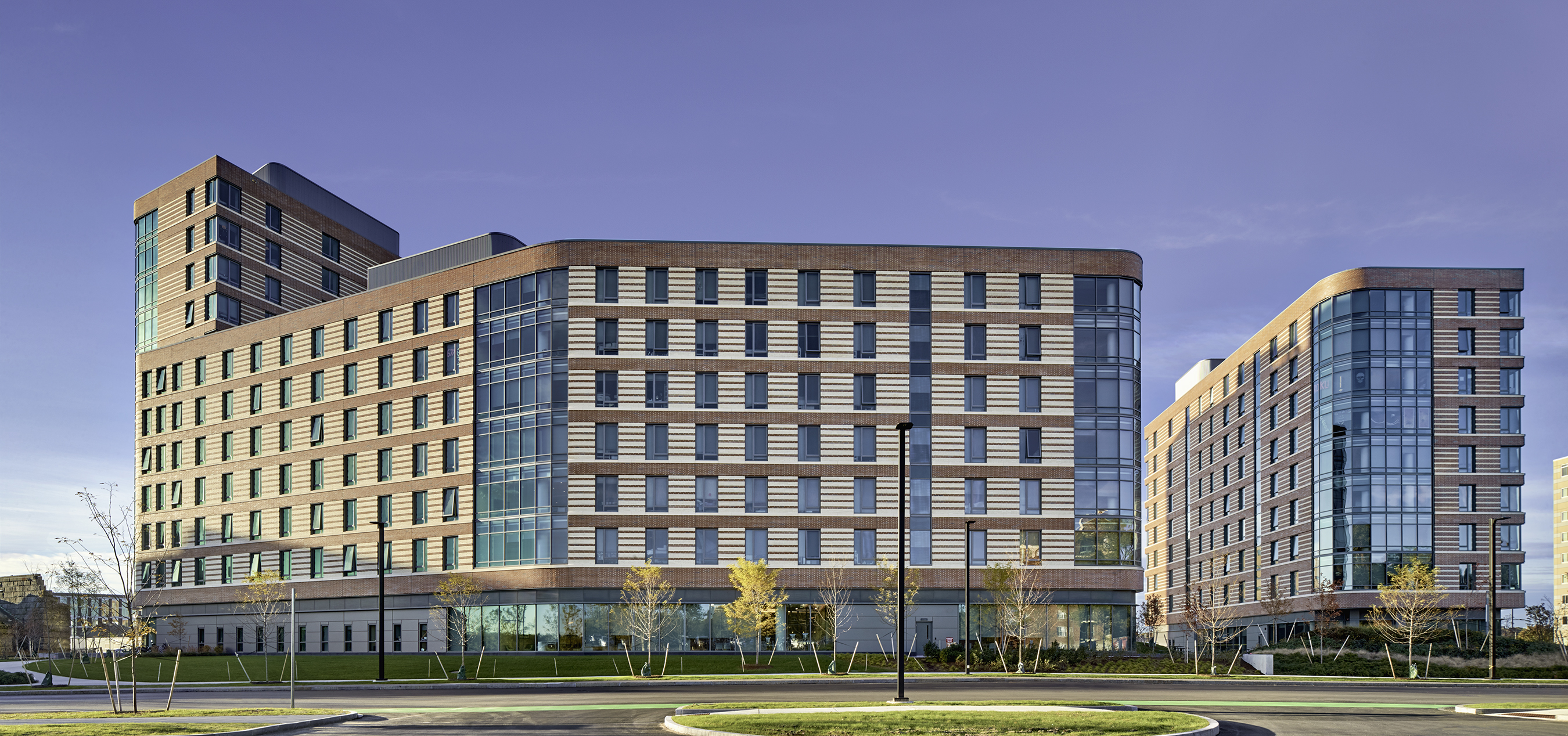
Colleges and universities across the country are facing mounting pressures. Rising capital costs, shifting demographics, and limited public funding have left many institutions grappling with how to modernize campus facilities without overextending already strained budgets. At the same time, student expectations for housing have never been higher. Residence halls are no longer just places to sleep—they are an extension of the student experience and a critical factor in recruitment and retention.
Against this backdrop, public-private partnerships (P3s) are emerging as a vital solution. At their core, P3s pair an institution’s long-term need for new facilities with private capital and expertise. Typically, a university provides land and program requirements, while a private partner finances, builds, and often operates the project under a long-term lease or concession agreement. These partnerships attract investors ranging from infrastructure funds to real estate developers and operators seeking stable occupancy and predictable returns. The result: schools shift upfront costs and operational risk to the private sector while ensuring students benefit from modern, well-maintained facilities.
This convergence of financial constraints and heightened student demand is fueling a surge in higher education P3s—particularly in student housing. For many institutions, residential projects are the natural entry point. Housing offers clear returns for private partners and can be structured to modernize facilities, ease local housing pressures, and support enrollment growth without incurring new institutional debt.
At Shawmut Design and Construction, we are seeing firsthand how institutions are rethinking delivery models to meet these needs. Universities are turning to private-sector partners not only for financing, but also for speed to market, risk transfer, and expertise in sustainability and placemaking. Increasingly, these conversations are happening earlier—sometimes even before RFPs are issued—as schools explore feasibility and structure with trusted advisors.

For example, at UMass Boston, Shawmut partnered to deliver both student housing and a dining facility through a P3 structure, enabling the university to add critical amenities without diverting capital funds. At Brown University, we worked on a graduate housing project that expanded capacity while integrating seamlessly into the surrounding community. These projects show how P3s can align complex stakeholders, accelerate delivery, and provide lasting solutions for institutions.
What’s most exciting is that P3s are no longer confined to housing. Universities are increasingly exploring partnerships for wellness centers, mixed-use developments, and sustainability-driven initiatives like decarbonization and energy infrastructure. These models offer a pathway to address deferred maintenance, expand campus footprints, and meet pressing student and community needs—all while minimizing financial exposure.
Looking ahead, P3s will only grow in importance as higher education leaders balance competing priorities in an era of limited resources. Residential projects will continue to lead the way, but the potential reaches far beyond dormitories. For institutions navigating demographic shifts, affordability challenges, and the push toward sustainability, P3s offer a powerful tool to reimagine what campus facilities can be.
By embracing these partnerships, universities can position themselves not only to weather today’s challenges but to thrive in the decades ahead. And for those of us in the design and construction industry, it’s an opportunity to bring creativity, collaboration, and long-term value to the communities we serve.
Kevin Sullivan is an executive vice president of Shawmut Design and Construction’s New England region.








